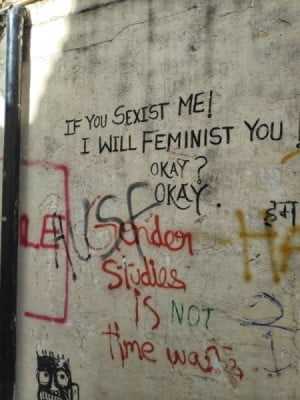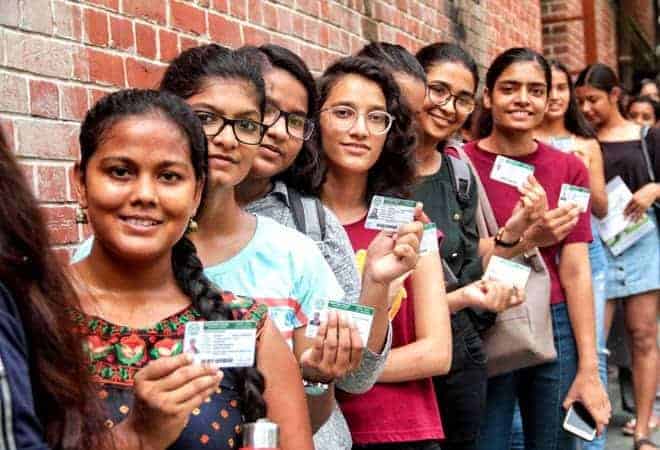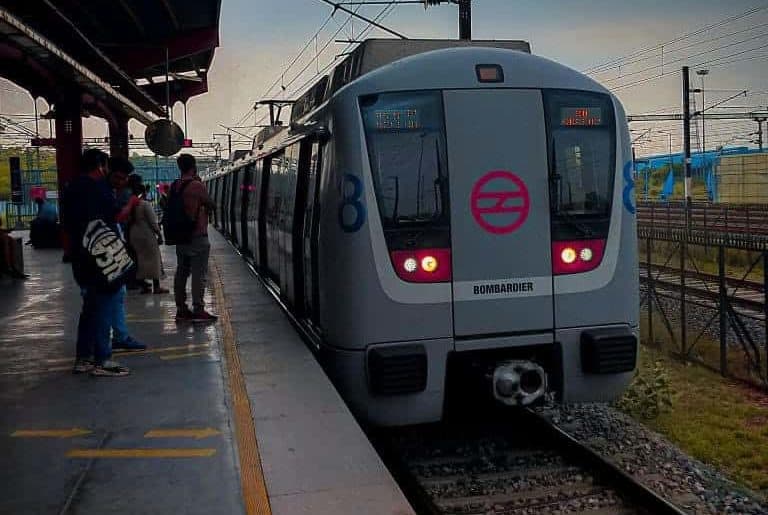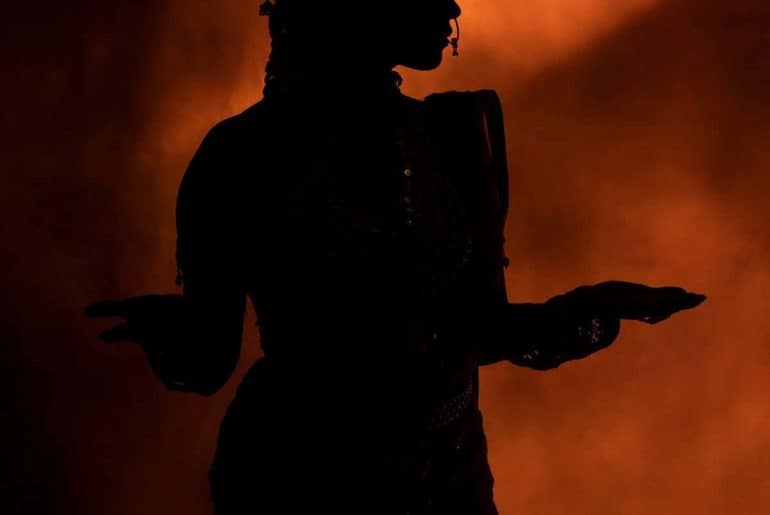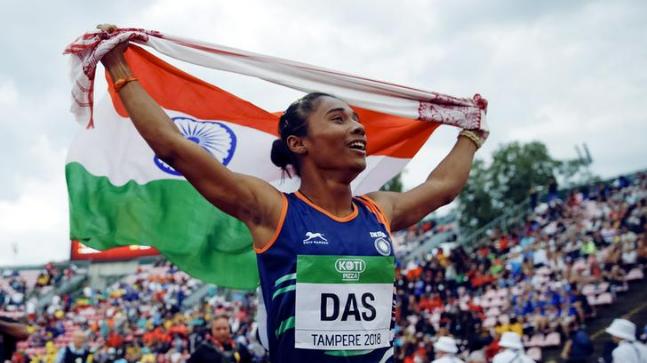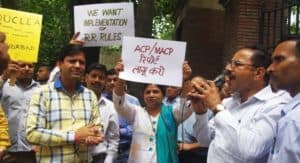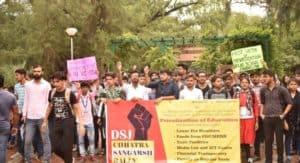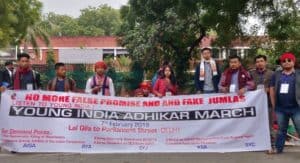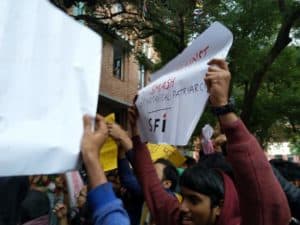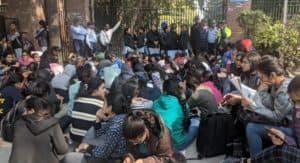Language is being altered to bring change, create conversations among people, and include certain communities. The effectiveness of the same, however, doesn’t enjoy consensus.
For centuries, women have been on the receiving end of objectification, racism, and sexism. Waves of the feminist movement have attempted to minimise the gap between genders across the world. Amid these efforts, some activists and linguists realised the role of language in perpetuating the existence of harmful sociological patterns. A tool as basic as language, they believe, has the power to bring about change by breaking the normalcy in the lives of people.
The term ‘womxn’ is an alternative term for the English language word ‘women’ which have been used occasionally to explicitly include transgender women. Scholars of English have used terms like “wimmin” and “womyn”, as an alternative to rejecting the folk etymology of ‘woman’ allegedly being ‘of man’. While the cause behind the usage of this word is noble, the very idea of altering the language to bring change has failed to invite consensus from people.
In October 2018, a programme of events at the Welcome Collection, a museum in London, ‘Daylighting’ used the term ‘womxn’ and triggered a national controversy in the United Kingdom. While some supported theidea, many others outrightly rejected it, with a belief that the word is ratherexclusive, and portrays transgenderwomen as being different. The intersectionality that the word seeks to achieve fails to achieve unanimity. A few days later, Welcome Collectionapologised publicly, owing to thebacklash received by it on Twitter and elsewhere.
There are multiple views regarding the same. A Twitter user, Sam Baxter, asked, “Who exactly is this meant to include? Trans women call themselves women, non-binary people don’t call themselves women at all. The only thing that comes to mind is that this could be to include both ‘woman’and ‘women’, which implies there are women who identify as plurals.”
Priyanshi Banerjee, a student of Lady Shri Ram College for Women said, “Languages and linguistics are not isolated from psychology and society, these are overlapping concepts. The introduction of ‘womxn’ as a term would be fruitful. Even if one person bats an eyelid over the term and googles about the word, one would come across the word- ‘woman’ and realise its etymology- ‘of man’, that would mean the realisation of deep- seated patriarchy which exists without realisation. That realisation is a victory.”
While there are harder conflicts regarding the inclusion of different genders, most people are on a consensus regarding the patriarchal nature of the word ‘woman’. Women, the most importantstakeholders of this issue, are not at one with each other, when it comes to doing away with it. Some of them believe that altering language isn’t fruitful, and the conversations that it might bring about are restricted to the privileged class, who are not victims of the same kind of oppression. The inclusion that this word aims to achieve, they think, is both tokenistic and unnecessary.
But there are others who believe that language, as a tool is effective to bring about change. Terms like “wimmin” and “womyn” were introduced to normalise the pronunciation of words employed by certain communities. They think that something as basic as language can create powerful conversations around the norms of patriarchy, and the exclusionary nature of certain words.
In the end, certain questions linger. Is language effective enough to bringchange? If it is, should it be used at all? Are we, in order to create conversations, willing to appropriate the lives of certain genders, who might or might not agree with the usage of such words?
Feature Image Credits: Rukshana Kapali, Transgender Activist
Kuber Bathla


